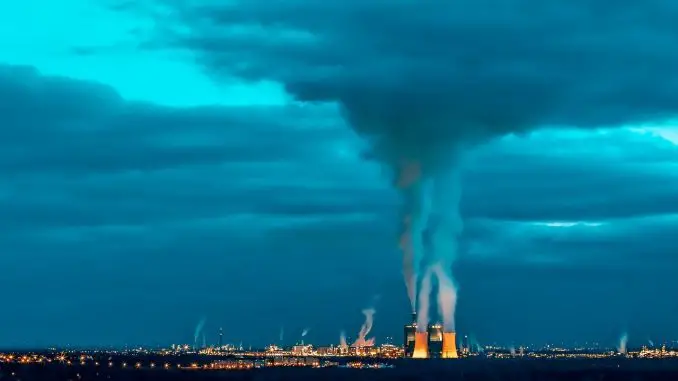
A common discussion of environmental problems is the link between environmental degradation and income. Is it that the rich countries or the poor countries are getting dirtier? There are scattered opinions in the debate. The right-wing thinker Timbro writes on his website:
“As we become richer, we have greater opportunities to care about animals and nature. In poor countries, the opportunities are less because they lack the power to protect their neighborhood. Through growth, entrepreneurship and clear ownership, rich communities with a good environment can be achieved. ”
At the same time, for example, WWF organizations produce lists of which countries have the highest ecological footprint, lists that, as in a few Gulf states, are topped by countries in Western Europe and the United States, while poor countries fall to the bottom.
The reason why the conclusions can be so different is that the concept of environmental degradation confounds a number of different problems, some of which improve as a country’s income rises, while others get worse. For example, access to clean water is an environmental problem that is steadily improving with increasing GDP, while the garbage dumps are growing the larger the economy becomes.
Some environmental degradation only becomes worse when a country’s growth pushes away and leaves Western poverty behind, but then gradually decreases again when the country reaches even higher income levels, like the countries in Western Europe. This is usually called the environmental Kuznets curve, when pollution first increases and then decreases again. However, this pattern is far from all environmental problems, especially local pollutants, such as sulfur emissions. A 2005 UN report, therefore, suggests that the environmental Kuznets curve should be renamed to the pollution Kuznets curve, to highlight that it does not apply to all environmental problems.
In short, different communities face different environmental problems, in poor parts of the world, the lack of clean water is a serious environmental problem. In fast-growing countries like China, many people are at risk of dying because of toxic flue gases from factories, leaking chemicals and more. In the rich part of the world, we have reduced many of these problems, but instead have major problems with biodiversity, over-use of natural resources and we also contribute most of all to climate change.
No matter how big or small the income of a society is, there are environmental problems that it looks like today. What is needed are political decisions to stop environmental problems, whether we live in Zimbabwe, Mexico
Leave a Reply